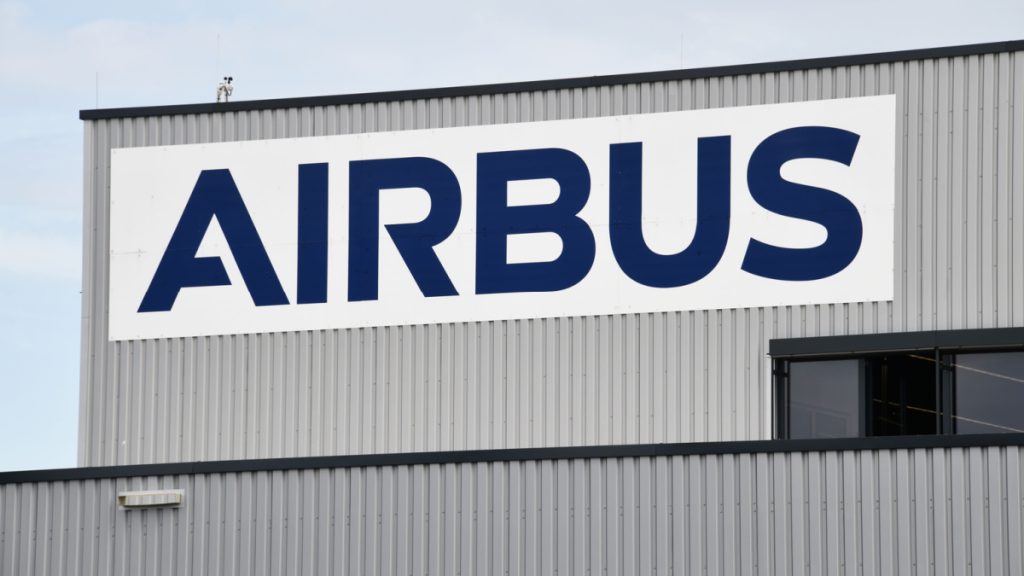
Zephyr Goes to Market
You’d think the development of an unmanned, solar powered drone capable of flying 21 kilometers above the Earth would be a hush-hush military project. You know the kind. Dreamt up and developed by ‘those freewheeling zealots’ a hundred meters below the Pentagon at Darpa and Skunkworks. Remember them? They invented the internet in the sixties, stealth technology in the eighties and heaven knows what else since. But no. A European innovation, Zephyr has been bouncing around between Great Britain and France since 2003, progressing in tech advances with 4 or 5 working models until now.
And right now, Airbus Defence and Space has assumed command of this ongoing project and, far from reaching into the military coffers of interested countries, has headed to Wall Street and Morgan Stanley in particular to raise the capital to accelerate Zephyr’s development and commercialization. Readers of a certain generation may wonder what the world is coming to, when commercial interests dabble in what is clearly a high performance surveillance machine which could detect Gorbachev’s cranial birthmark from an altitude of 21 kilometers. But readers of another generation will know exactly why Zephyr, or Aalto as it will be branded, is a hot investment prospect that will deliver a similarly high altitude ROI.
Aalto Is a Technological Marvel
For the technically inclined, Aalto aircraft will have wingspans of 25 and 50 meters. They have lightweight solar cells which are flexible inverted metamorphic multi-junction epitaxial lift-off sheets. And they feature specific power exceeding 1,500 W/kg and areal powers greater than 350 W/m2.
Threshold of irreversibility
Because these aircraft will be roaming the stratosphere, monitoring the impact of climate change and weather anomalies on the environment. There may be an early warning alert benefit here, but the monitoring itself will provide massive amounts of data which will be incubated, analyzed, processed and used to push back something called the ‘threshold of irreversibility’. This ominous and armageddon phrase has been heard as loudly around the world as the ticking of the doomsday clock, which is now reading ten minutes to, well, the end. Aalto is an almost ready response.
The technology to amass this sort of data exists already, hundreds of kilometers higher, embedded in satellites. But the construction, launch, upkeep (maintenance and actually keeping it up there!) etc. etc. of this machinery is literally astronomical when compared to the gossamer-thin economics of Aalto. And, barring a few Musk-Branson-Bezos forays into this area, governments control this high ground. As governments do, the data extracted tends to be jealously guarded by said institutions.
Aalto will be free market enterprise.
As vital as this benefit is, Airbus has something more planned for Aalto.
Coverage.
Just one of these aircraft will replace 250 cell towers. An 8kg connectivity payload will be good for 100,000 online users. And it’s almost beyond imagining what this platform can achieve by providing 4G and 5G coverage for areas stricken by natural disaster.
The world’s most high-profile entrepreneurs have dreamed aloud about the whole world having access to the internet through high altitude connectivity.
Airbus is not dreaming aloud. The company is putting Aalto on the table as a proven working solution. This is no longer an attention-getting vision of a commercial demi-god.
This is it.
Airbus wants 18 of these aircraft in the skies from 2024, wheeling around the atmosphere like gigantic albatrosses, able to stay airborne for thirty days at a time. And nights too, by the way. In less than ten years, this aerial platform will connect almost three billion people.
If you were to only think of this in terms of community lift, think of it as follows. Inside Telecom recently spoke to William Mzimba, CEO of Vodacom Business for Africa. He spoke of the three stages on the road to continent-wide economic stability and growth. He said “to achieve an intelligent Africa, one must first establish a connected Africa. And with an intelligent Africa, we can be a competitive Africa”.
It really is as simple as that.
Strategically, and not in the military sense, maritime surveillance is another function Aalto will perform. Maritime traffic represents a huge slice of the global trading pie and activities such as smuggling, illegal immigration and piracy are costing countries and enterprise billions every year.
Final Thoughts
Just like the internet which it will provide to the world, Aalto will find new purposes for its existence when it is operational. By moving it into a commercial arena, Airbus is keeping Aalto’s weaponization to a minimum.
As naïve as that may sound, there is no doubt the world needs the application of this technology right now. Yes, Aalto will trigger some competitiveness with the data it accumulates that’s the nature of advanced tribalism. But the greater good will outstrip any other mischievous scheming around Aalto’s data yield. Community upliftment, sustainability goals, democratization of privilege.
And of course, not forgetting the ton of money Aalto will make for investors who heed Morgan Stanley’s call.
Inside Telecom provides you with an extensive list of content covering all aspects of the tech industry. Keep an eye on our Tech sections to stay informed and up-to-date with our daily articles.